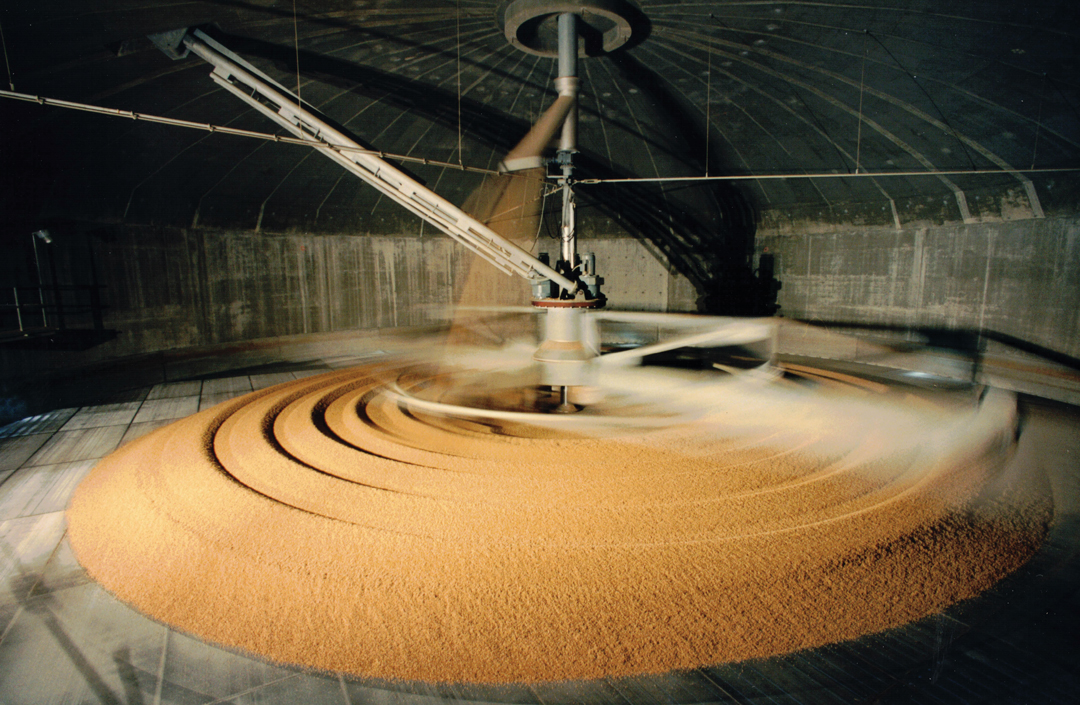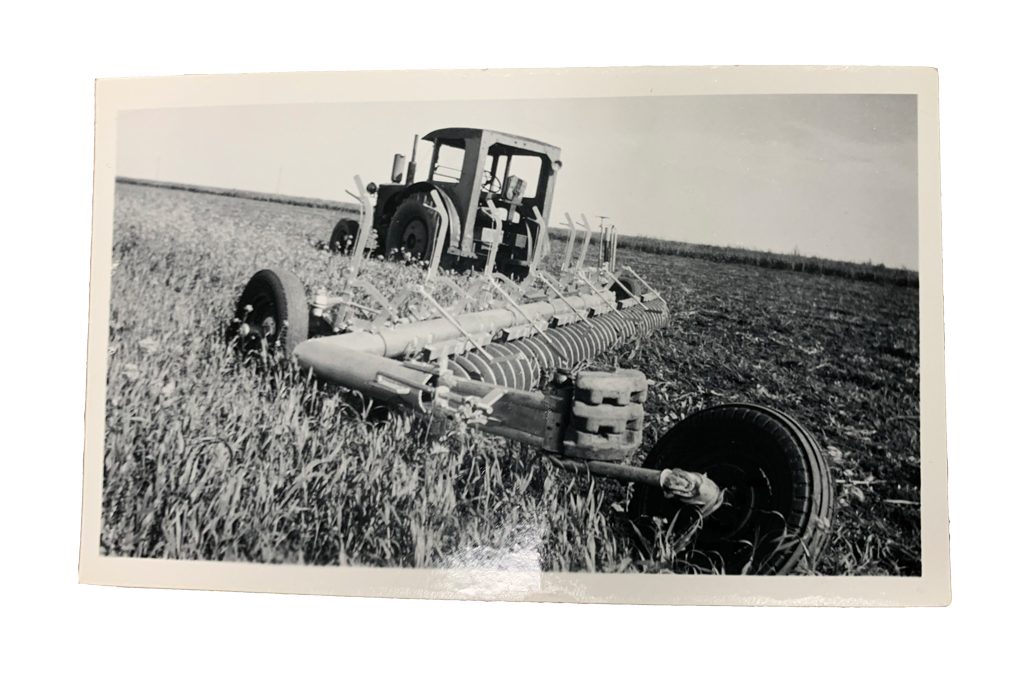A QUARTER CENTURY OF QUALITY
BY ALEXIS KIENLEN • PHOTO COURTESY OF RAHR MALTING CANADA
In 1993, The Alix Malthouse commenced operation as WestCan Malting, notably producing malt for Anheuser-Busch. Four Canadian entrepreneurs in partnership with Rahr Malting Co., based in Shakopee, WI, assumed its operation in 2000, making it the maltster’s first Canadian malt house. One of the few family- owned malting companies in North America, Rahr has used the Rahr Malting Canada plant to tap into demand from the global craft brewing sector.
Located just east of the town of 800, the plant celebrated its 25th birthday last fall. It was a proud milestone for the staff at the 67-metre, concrete facility that resembles a high-throughput elevator. “Twenty- five years is a significant number,” said Kevin Sich, Rahr’s supply chain director. “We’re the last commercial malt house to be built in Canada in the last 25 years, [but] we’re still the new kid on the block,” added Sich, who has been with Rahr for 10 years. Of the plant’s 40 employees, several have been with the malt house for the full 25 years.
Producing 140,000 tonnes of malt annually, it is the third largest malt house in Canada. “We do have the biggest batch size in Canada,” said Sich. Every day, 365 days a year, a batch of malt the equivalent of 12 Super-B trucks is put into production.
Rahr identified an economic opportunity in building an Alberta facility. “The idea was to increase the malting capacity in Western Canada, because there was need and demand for high-quality malt in Western Canada, in North America and around the world,” said Bob Sutton, vice-president of sales and logistics for the Alix malt house.
Over the course of 25 years, the malting barley world has changed drastically. Rahr shifted its focus to the craft sector about 10 years ago. Prior to that, clients included Asahi, Kirin, Suntory, Labatt and Anheuser-Busch. “There was a little craft movement, and somebody in our company was smart enough to see that, and it was a great horse to put our chariot on,” said Sich.
“There’s been demand offshore and within North America where the rise of craft brewing has brought about a lot more demand for malt,” said Sutton. As craft brewers have acquired a greater slice of beer sales from mainstream brewers, the demand for malt has risen in tandem. Demand has grown in Asia, South Africa and South America, and the Alix malt house now ships all over the world. “The global market is growing in craft,” said Sutton. “There’s a good future ahead if you’re looking at supplying craft breweries,” he said.
Canadian barley is in demand on the world stage, because of its high quality, according to Sich. “For craft beer in North America, most craft users rave about Canadian barley—that it makes some of their best product,” he said. “We’ve brought on two agronomists in the last three to four years. They work for Rahr and deal with all the farmers directly. We call them the barley account specialists.” Rahr is also working to create full traceability from farm to glass. It’s the first Canadian maltster requiring farmers to maintain crop records. From north of Edmonton to the Montana border and into the Western portion of Saskatchewan, most of the company’s farm suppliers have complied.
“You can make bad malt out of good barley, but you cannot make good malt out of bad barley,” said Sich, who praises the part farmers have played in the success of the Rahr malt house. “The craft industry uses really high-end barley. It’s a real tribute to Alberta and Saskatchewan farmers,” he said.







Comments